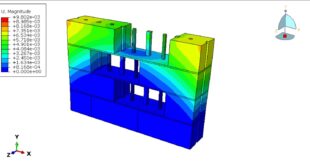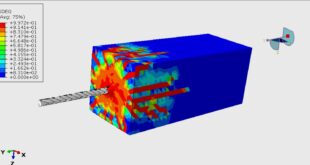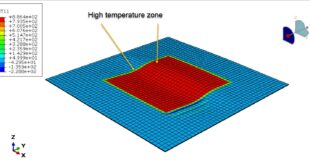Far-Field UNDEX models must typically treat two UNDEX phenomena: shock loading and cavitation. Shock loading occurs as a result of the incident explosive shock wave impinging on the wet-surface of the ship structure. Cavitation occurs because the pressure in the surrounding water drops below its vapor pressure due to the tensile wave reflected from the ship(local cavitation) or from the free surface (bulk cavitation). The most common numerical method used to model far-field UNDEX is the finite element method (FEM). Considering shock loading and cavitation in FEM models creates inherent difficulties in creating an accurate model.Shock waves are characterized by a discontinuous rise in pressure followed by a brief period of exponential decay. Discontinuities can not be captured exactly in a FEM scheme, thus in the far-field problem distortion of the wave front and loss of pressure magnitude are two difficulties which must be overcome when modeling the explosive shock wave. Cavitation is a non-linear phenomena that requires specific treatment in the governing equations of the far-field model. Abaqus explicit is appropriate for this type of analysis. During the analysis pressure comes form TNT charge causes large deformation inside the plate. You can see some figures of this simulation at below
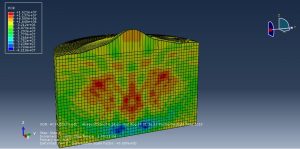
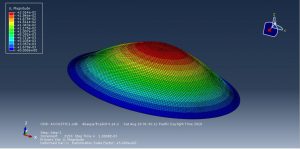
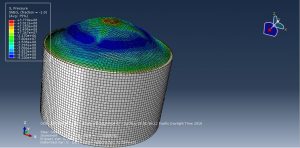
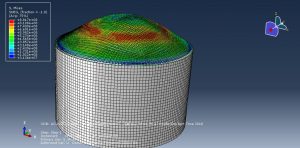
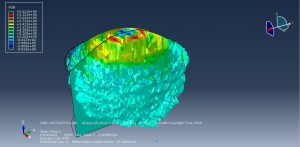
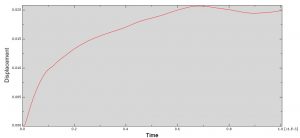
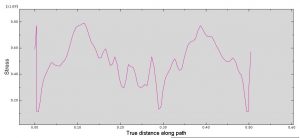
You can provide CAE ,INP,and English video files of this simulation here. The cost of these files is Twenty-Three Euros. you can click on the bellow bottom to beginning process
You can purchase the tutorial through a PayPal account, a Visa, or a Master card, just before payment,send me an email to this address: karampourp@gmail.com
 Abaqus tutorials Abaqus tutorials
Abaqus tutorials Abaqus tutorials
